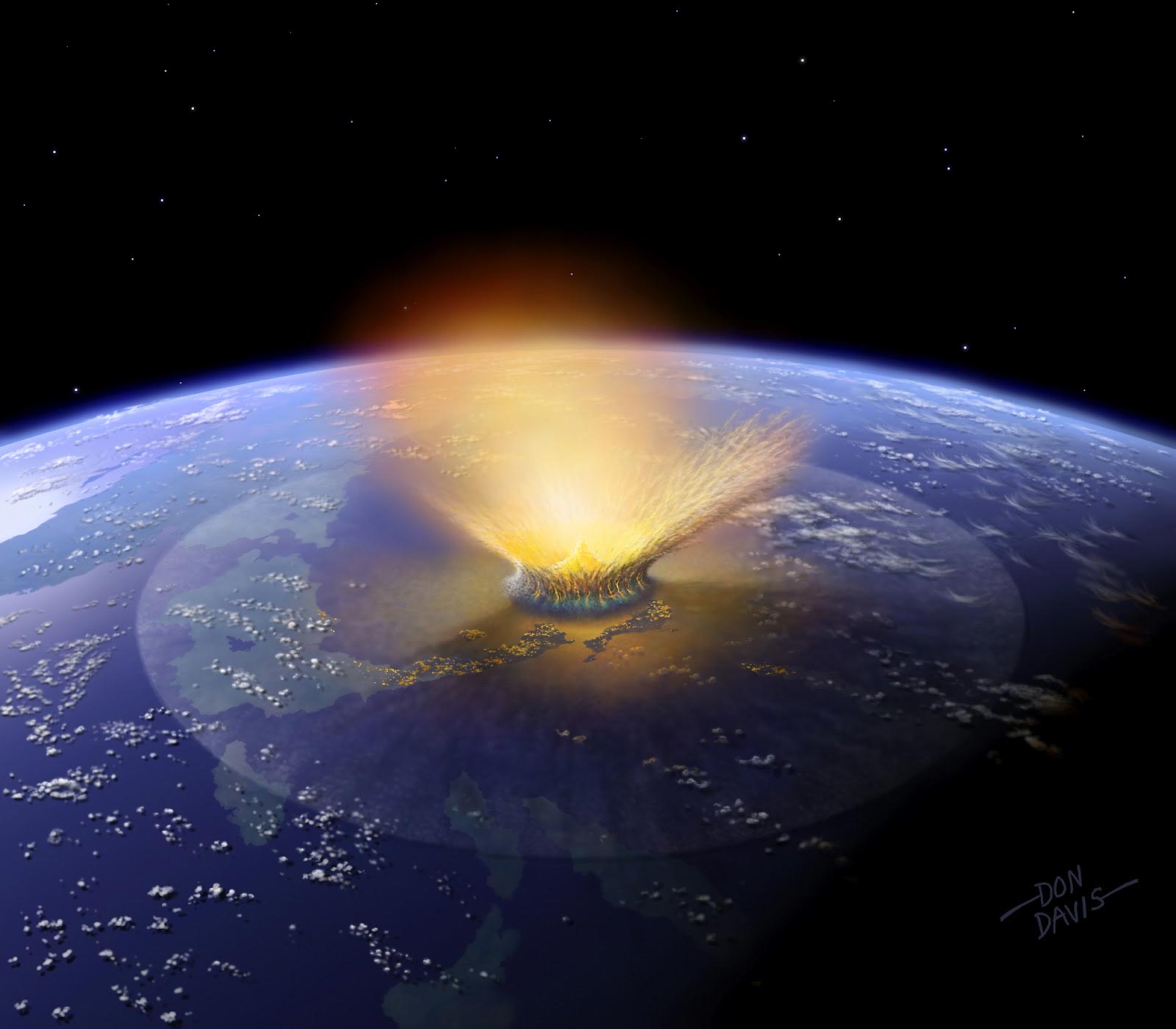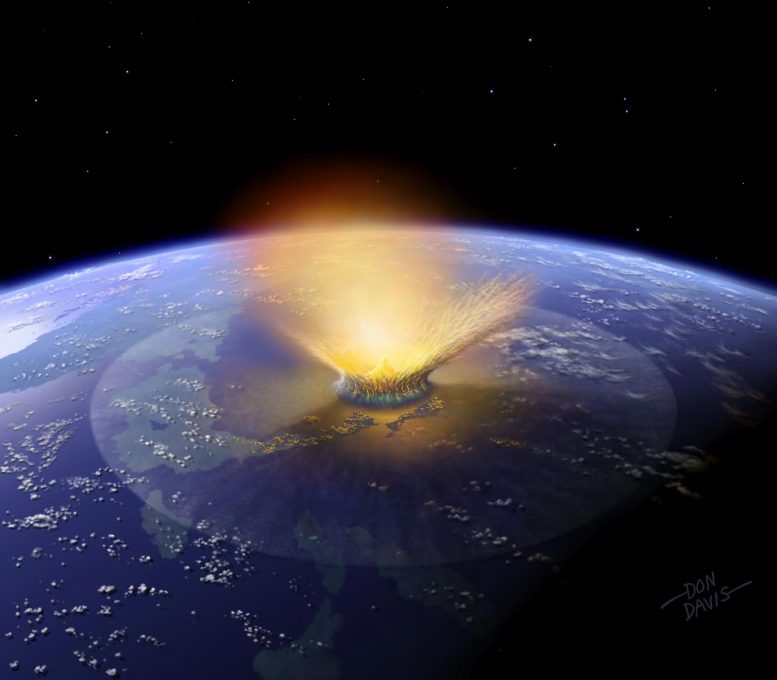
[ad_1]

A team from SwRI modeled evolutionary processes in the main asteroid belt and found that impactors such as the one that ended the reign of the dinosaurs most likely originated from the outer half of the main asteroid belt. The team also found that this region’s delivery processes occur 10 times more often than previously thought. Credit: SwRI / Don Davis
The impactor that would have wiped out dinosaurs and other life on Earth around 66 million years ago likely came from the outer half of the main asteroid belt, an area previously thought to produce little. impactors. Researchers at the Southwest Research Institute have shown that the processes that deliver large asteroids to Earth from this region occur at least 10 times more frequently than previously thought, and that the makeup of these bodies matches what we know of the dinosaur killer impactor.
The SwRI team – including Dr David Nesvorný, Dr William Bottke and Dr Simone Marchi – combined computer models of asteroid evolution with observations of known asteroids to study the frequency of so-called Chicxulub events. Over 66 million years ago, a body estimated to be 6 miles in diameter struck in what is now Mexico’s Yucatan Peninsula and formed the Chicxulub Crater, which is over 90 miles wide. This massive explosion triggered a mass extinction event that ended the reign of the dinosaurs. Over the past decades, much has been learned about the Chicxulub event, but each advancement has led to new questions.
“Two critical questions still unanswered are: ‘What was the source of the impactor? And ‘How many times have such impact events occurred on Earth in the past?’ ”Said Bottke.
To probe Chicxulub’s impact, geologists have previously examined 66 million-year-old rock samples found on land and in drill core. The results indicate that the impactor was similar to the carbonaceous chondrite class of meteorites, some of the most pristine materials in the solar system. Oddly, while carbonaceous chondrites are common among the many kilometer-wide bodies approaching Earth, none today come close to the sizes needed to produce the Chicxulub impact with reasonable probability.
“We decided to look for where the Chicxulub impactor siblings might be hiding,” said Nesvorný, lead author of a paper describing the research.
“To explain their absence, several earlier groups have simulated large ruptures of asteroids and comets in the inner solar system, examining the surges of impacts on Earth with the largest crater producing the Chicxulub,” said Bottke, the ‘one of the co-authors of the article. “While many of these models have interesting properties, none have provided a satisfactory match with what we know about asteroids and comets. It seemed like we were still missing something important.
To solve this problem, the team used computer models that track how objects escape from the main asteroid belt, an area of small bodies located between the orbits of March and Jupiter. Over eons, thermal forces allow these objects to drift into dynamic “escape hatches” where gravitational blows from the planets can push them into near-Earth orbits. Using NasaA Pleaides supercomputer, the team has followed 130,000 model asteroids evolving in this slow and steady manner for hundreds of millions of years. Particular attention was paid to asteroids located in the outer half of the asteroid belt, the furthest part from the Sun. To their surprise, they discovered that 6-mile-wide asteroids from this region hit Earth at least 10 times more often than expected.
“This result is intriguing not only because the outer half of the asteroid belt is home to a large number of carbonaceous chondrite impactors, but also because the team’s simulations can, for the first time, replicate the orbits of large asteroids about to approach Earth. “Co-author Marchi said.” Our explanation of the source of the Chicxulub impactor fits perfectly with what we already know about the evolution of asteroids. “
Overall, the team found that 6-mile-wide asteroids hit Earth once every 250 million years on average, a timescale that gives a reasonable chance that Chicxulub crater occurred. 66 million years ago. In addition, almost half of the impacts came from carbonaceous chondrites, which corresponds well to what is known about the Chicxulub impactor.
“This work will help us better understand the nature of Chicxulub’s impact, while also telling us where other large impactors of Earth’s deep past might come from,” Nesvorný said.
The newspaper Icarus publishes an article on this research, “Dark Primitive Asteroids Account for a Large Share of K / Pg-Scale Impacts on the Earth” (Volume 368, November 1, 2021, 114621, Elsevier publications).
Reference: “Dark primitive asteroids account for a large part of K / Pg scale impacts on Earth” by David Nesvorný, William F. Bottke and Simone Marchi, July 15, 2021, Icarus.
DOI: 10.1016 / j.icarus.2021.114621
arXiv: 2107.03458
[ad_2]
Source link